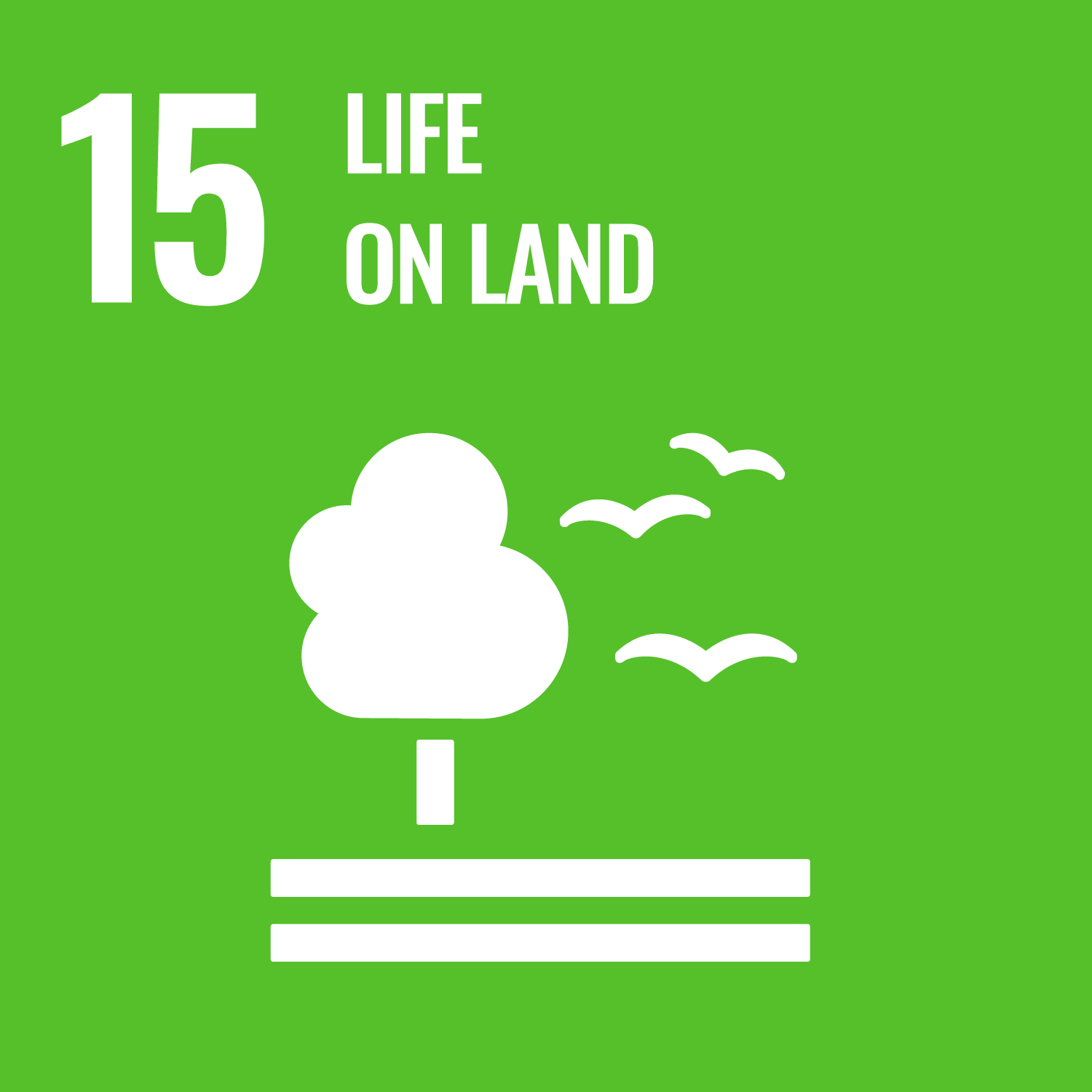Walker, J.R., Evans, K.L. orcid.org/0000-0002-3492-8072, Jeffreys, R.M. et al. (2 more authors) (2024) Urban scavenging: vertebrates display greater sensitivity to land-cover and garden vegetation cover than invertebrates. Urban Ecosystems, 27. pp. 2557-2567. ISSN 1083-8155
Abstract
Scavenging removes carrion or littered food waste from the environment, promoting nutrient cycling, and reducing waste management costs. These ecosystem services are important in urban environments, where high human population densities result in increased littered food waste. It is unclear how the magnitude of scavenging across urban-rural gradients is influenced by agent, land-cover type, and patch size. We investigated scavenging provision by vertebrates and invertebrates across a gradient of urbanisation, based on impervious surface cover, in woodlands and gardens in Liverpool, UK. The percentage dry weight loss of bait after 48 h, deployed within vertebrate exclusion cages or exposed to vertebrates and invertebrates, was used to quantify scavenging provision. General linear mixed effects models were used to assess the relative contributions of vertebrates and invertebrates across an urban-rural gradient, variation in scavenging between woodlands and gardens, and the effects of semi-natural vegetation cover on scavenging in gardens. We consider patch size as a preliminary assessment of how fragmentation influences scavenging. Vertebrates contributed substantially more to scavenging than invertebrates across the urbanisation gradient. Vertebrate scavenging was greater in woodlands than gardens, while invertebrate scavenging remained consistent. Scavenging increased with patch size in gardens, but not woodlands. Vertebrate scavenging increased with patch size and garden semi-natural vegetation cover. Urban woodlands and gardens make important contributions to scavenging-mediated ecosystem services. There is a need to increase the cover of semi-natural vegetation in gardens to increase their contributions, and protect and expand woodlands, especially in areas with a high demand for scavenging-mediated ecosystem services.
Metadata
| Item Type: | Article |
|---|---|
| Authors/Creators: |
|
| Copyright, Publisher and Additional Information: | © The Author(s) 2024. Open Access: This article is licensed under a Creative Commons Attribution 4.0 International License, which permits use, sharing, adaptation, distribution and reproduction in any medium or format, as long as you give appropriate credit to the original author(s) and the source, provide a link to the Creative Commons licence, and indicate if changes were made. The images or other third party material in this article are included in the article’s Creative Commons licence, unless indicated otherwise in a credit line to the material. If material is not included in the article’s Creative Commons licence and your intended use is not permitted by statutory regulation or exceeds the permitted use, you will need to obtain permission directly from the copyright holder. To view a copy of this licence, visit http://creativecommons.org/licenses/by/4.0/. |
| Keywords: | Resource removal; Woodland; Ecosystem services; Urbanisation gradient; Baiting |
| Dates: |
|
| Institution: | The University of Sheffield |
| Academic Units: | The University of Sheffield > Faculty of Science (Sheffield) > School of Biosciences (Sheffield) |
| Depositing User: | Symplectic Sheffield |
| Date Deposited: | 16 Oct 2024 11:58 |
| Last Modified: | 16 Oct 2024 11:58 |
| Status: | Published |
| Publisher: | Springer Science and Business Media LLC |
| Refereed: | Yes |
| Identification Number: | 10.1007/s11252-024-01604-3 |
| Related URLs: | |
| Sustainable Development Goals: | |
| Open Archives Initiative ID (OAI ID): | oai:eprints.whiterose.ac.uk:218378 |


 CORE (COnnecting REpositories)
CORE (COnnecting REpositories) CORE (COnnecting REpositories)
CORE (COnnecting REpositories)